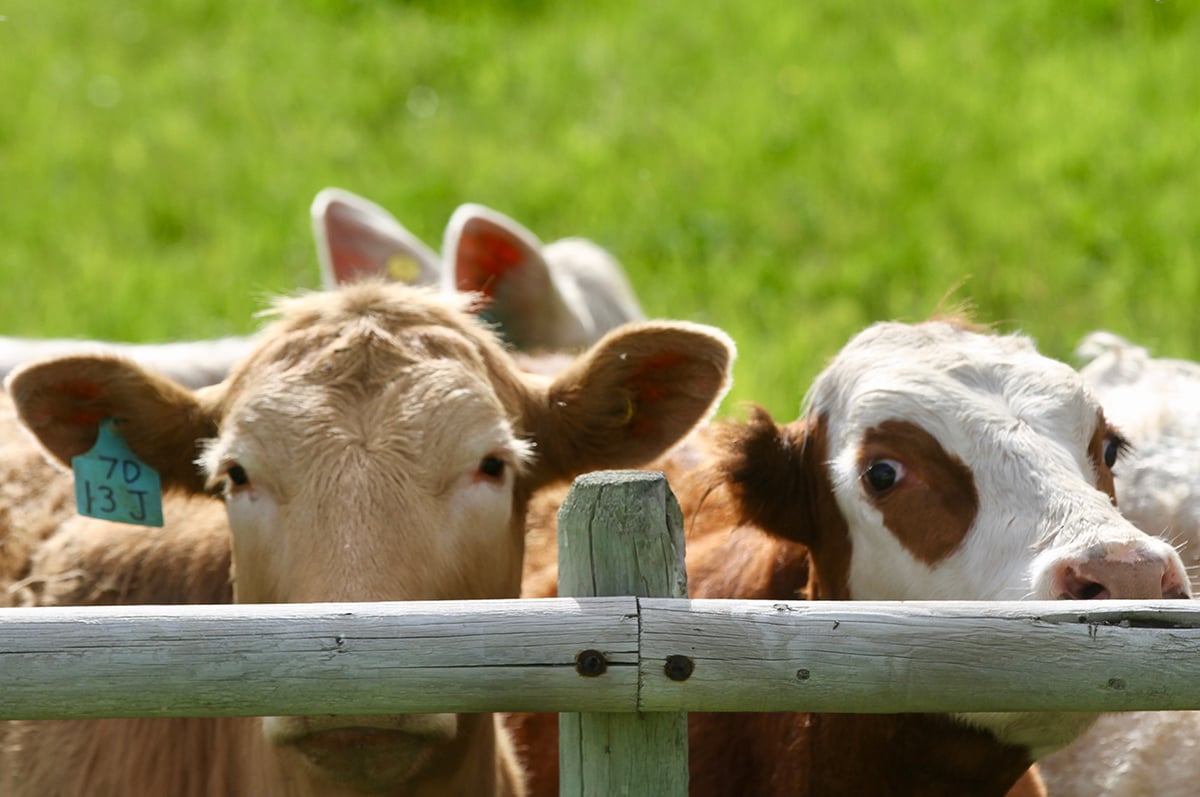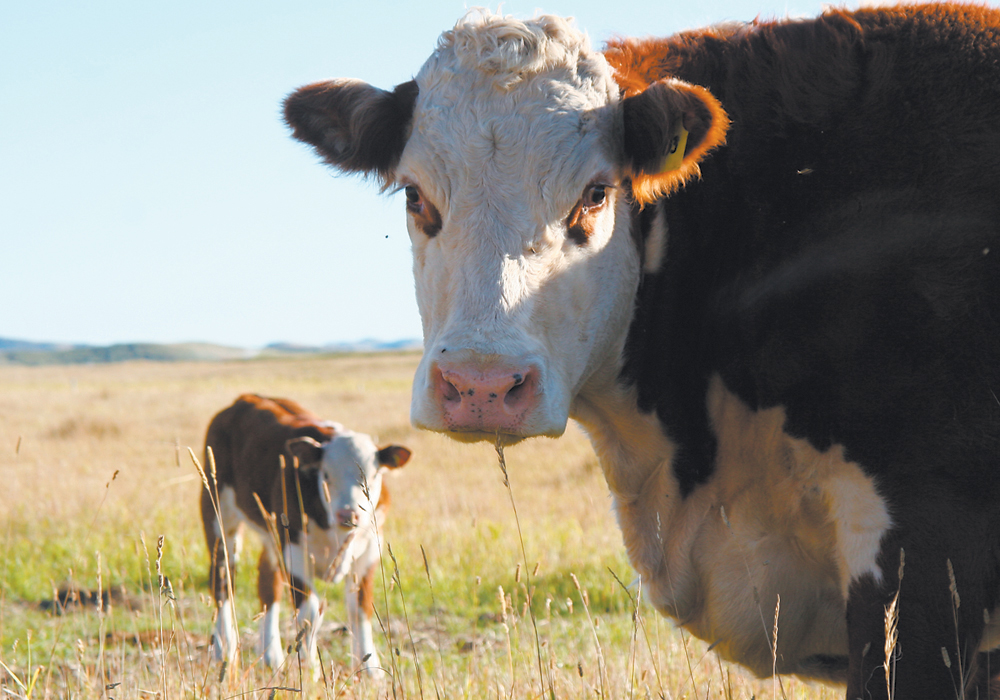Saskatchewan researchers find that steer calves from cows supplemented with dietary fat had greater wean weights
A recent study found that pregnant cows produce healthier offspring when flax is added to their diets.
“You are what your mother ate,” said Bart Lardner from the Department of Animal and Poultry Science at the University of Saskatchewan.
Lardner spoke at a recent webinar about the benefits of flax supplementation in beef cattle diets.
He presented findings from a two-year project at the Western Beef Development Centre in Lanigan, Sask., that researched the value of feeding different types and forms of fat as a supplement to pregnant beef cows.
Read Also

Feeder market consolidates at historic highs
For the week ending Sept. 6, Western Canadian feeder cattle markets were relatively unchanged compared to seven days earlier.
“We suspect that it (dietary fat) can be a reproductive fuel. It’s a nutrient but can those pregnant beef cows receive it in a different form?” he said.
Researchers focused on flax and linseed oil that contain high levels of fat — about 2.25 times more energy than that derived from a carbohydrate or sugar.
“If we can put something into a supplement where it’s going to be like a reproductive fuel, that’s a good thing because we know the pregnant animal needs that nutrient,” Lardner said.
Previous studies have shown that feeding flax oil (polyunsaturated fatty acids, or PUFA) improves heart health and muscle development and has anti-inflammatory effects.
During the two-year study, 150 cows were allocated to one of three replicated diets. Pellets were offered to provide each cow with 300 grams per day.
- Control (barley)
- Canola seed-based pellet
- Flax seed-based pellet
In an effort to study their developmental programming, or epigenetics, during the last six months (second and third trimester) of their nine-month gestation, pregnant dams were given a flax supplement to evaluate performance, as well as the resulting growth of the calf up to six months of age, followed by one year and then out to its slaughter weight.
Calves born from dams that received the flax pellet had greater growth than calves fed barley pellets.
Research was designed to manipulate the pregnant cow diet to get a positive response in calves.
The study indicated there were increased levels of conjugated linoleic acid and other fats in the milk and tissue of the pregnant dam.
“When we fed that dietary fat acting like a reproductive fuel, we saw more cows getting pregnant after they calved in the following year with that flax fat source in their diet,” Lardner said.
“We also saw greater birth body weight of the calves, greater weaning weight of the calves — five months, six months age of the calves, greater weights of those calves that were born to moms that received that polyunsaturated fatty acid supplement compared to the control ones that received the barley pellet.
“So, we saw actually a sizable amount of increased growth to the point where that would be extra economic return to the producer. He potentially could see greater weaned weights on his calves if he supplemented the pregnant dams (with) these polyunsaturated fatty acid supplements.”
However, too much fat in a pregnant cow’s diet can have negative effects, he added.
“When we feed too high a level, like eight or nine percent high, then the fat starts to coat the fibre materials and not allow the rumen bugs to release their enzymes and break down those structural carbohydrates,” he said.
“What is the cheapest ingredient in your diet? It should be the fibre, should be the forage. So, if we can add an energy source like fat from flax to supply energy that the cow needs, but not impact normal rumen function and breakdown to the fibre, then we see a positive response in the growth of the calves. That’s a win-win.”
However, supplemental fat may not be a priority for producers in times of drought.
“If we are challenged with lack of rainfall in 2022 and producers are trying to stretch their pasture resources, they will need to supplement something out there. So maybe consider a pellet with a polyunsaturated fatty acid,” said Lardner.
“But once we get beyond this (drought) there’s tremendous potential for the co-products from our cash crops that are grown. That’s the exciting part.
“You’re taking advantage of a co-product from a cash crop that’s grown in the province, putting it into a supplement and feeding into your pregnant cows.”
















